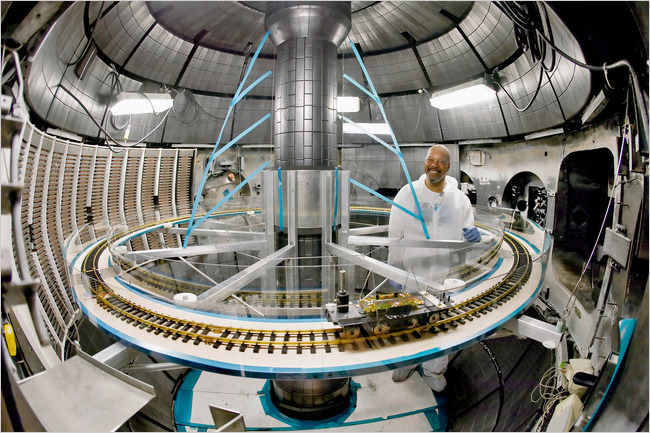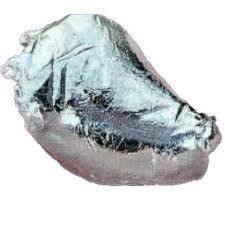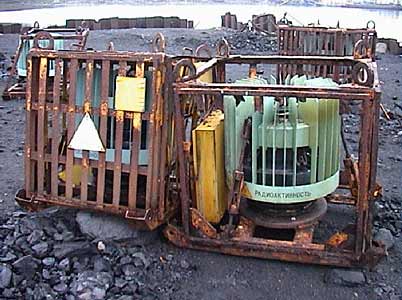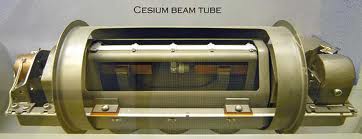Nickel is a chemical element with symbol Ni and atomic number of 28. It is a slivery-white transition metal. Nickel was used as early as 3500 BC as part of a nickel-iron alloy found in meteorites. Nickel was first purified and identified by Axel Fredrik Crosntedt in 1751. It was named for Nickel, a mischievous creature in German Miner mythology.
Nickel is hard and ductile with a slow oxidation rate which makes it corrosion resistant. It readily forms alloys with other metals. Along with iron, cobalt, gadolinium, nickel is one of four elements that are ferromagnetic at room temperature. It melts at 1455° C and boils at 2913° C. Nickel forms compounds such as sulfides, sulfates, carbonates, hydroxides, carboxylates, and halides.
Nickel has 5 stable isotopes, Ni-58, Ni-60, Ni-61, Ni-62, Ni-64, and 28 radioactive isotopes ranging in atomic weight from 48 to 78. The half-lives of the radioactive isotopes vary from greater than 200 billionths of second for Ni-51 to 76,000 years for Ni-59. Nickel isotopes with atomic weight below 60 mainly decay by emitting a positron and becoming cobalt. Ni-52 and Ni-53 decay may include emission of a proton. Above atomic weight 60, the main decay process emits an electron and the nickel becomes copper. Ni-72 to Ni-76 isotopes may also emit a neutron when they decay.
Most of the nickel on Earth is in the inner and outer core in combination with iron. Nickel is most commonly found in pentlandite with iron and sulfur, in millerite with sulfur, in nickeline with arsenic and in galena with arsenic and sulfur. One common ore type for nickel is laternites which include limonite also containing iron, oxygen and hydrogen and garnierite also containing magnesium silicon, oxygen, and hydrogen. Another common ore type is pentlandite also containing iron and sulfur. Australia and New Caledonia contain about 45% of the known nickel reserves in the world.
About half of the nickel mined is used for alloying with steel because of its corrosion resistance. Another third is used for other types of alloys including alloys with precious metals. 14% is used for electroplating and 6% for miscellaneous other purposes. Nickel used to be used in coinage but this has largely disappeared. A porous form of nickel is used in fuel cells. Nickel and alloys with nickel are often used as a catalyst in industrial processes. Stable isotopes of nickel are used to produce radioactive isotopes of copper and cobalt for various uses. Ni-59 has been used to date age of meteorites and to determine the amount of extraterrestrial dust in ice and sediments. Ni-63 is used to detect explosives, in voltage regulators and surge protectors, and in electron detectors for gas chromatographs.
Nickel is an important catalyst in enzymes in biological systems although this was only recognized in the 1970s. Nickel can trigger allergic reactions in the skin of some individuals. Some compounds of nickel are toxic or carcinogenic. Irradiation of nickel-iron steel in nuclear reactors can result in the creation of Ni-63 which can accumulate in the food chain if released in a nuclear accident and pose a threat to people who consume the contaminated food.




